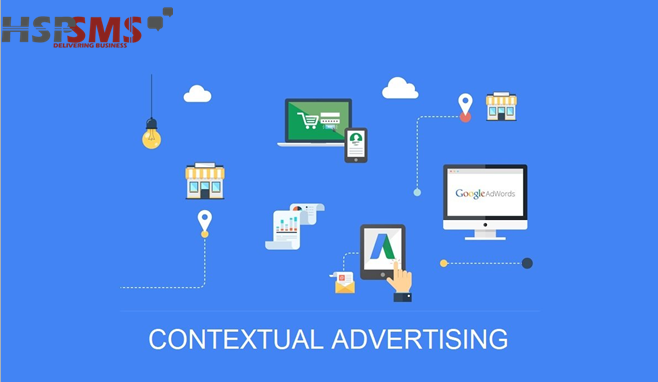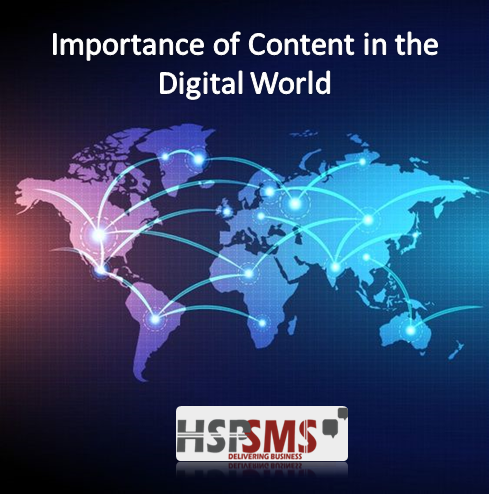10 Mistakes In Contextual Advertising That Drain Your Budget
Don’t Waste Your Marketing Budget Because Of These Mistakes
Did you know that for online casino, PayPal offers one of the safest e-wallets for betting transactions? PayPal has finally opened its services to many legal and licensed online gambling sites in the US and around the world.
If you already knew about these PayPal services, there is a probability that you received the information through contextual advertising. But what is contextual advertising?

In layman’s terms, contextual advertising definition is the practice of choosing a specific web page to place an ad based on the content of that page. For instance, in the case of PayPal, if you saw the advertisement about their new e-wallet transaction services on an article about sports betting, this was contextual advertising.
In contextual advertising, Google uses keywords to target a specific context of information or a topic where the advertisement campaign should be placed. So then, you might ask why you should consider contextual advertising for your business.
It’s simple; the contextual advertising benefits are numerous. For instance, this type of strategic advertising is very pocket-friendly. It also helps you to target a specific set of consumers instead of generalizing your advertisement campaigns.
Other advantages of contextual advertising include boosting your online sales, providing user satisfaction, and offering measurable metrics for assessing your advertisement reach. But you’ll only get these benefits if you engage in campaigns that promise contextual advertising effectiveness.
One way to achieve this is by ensuring you do not make any mistakes. So here are ten of the most common contextual advertising mistakes you should avoid:
1. Having The Wrong Contextual Advertising Goals
Define your goals before you start your contextual advertising campaign. These can range from sales, leads, brand awareness, or product consideration goals. But the general rule is that you should select the objective that suits your business needs.
For instance, if you want to increase your brand recognition, then your goal should be brand awareness and reach. And if you want more sales, then your goal should be sales. The right goals will help you get the right campaign results.
2. Being Careless With Your Keyword Choices
Keywords are an integral part of contextual advertising. This also makes them one of the places you’ll make a mistake. Generally, there are four types of errors you can make with keywords in your contextual advertising strategy. These include:
● Using irrelevant keywords
● Using the wrong order of keywords
● Using low-quality keywords
● Not using negative keywords in your search campaigns
Therefore, get keywords that are an exact match to your goal, only use the keywords that correspond to your goal, get keywords that have a score that is greater than 7, and use negative keywords. Such keywords are often included in Google search requests but carry no commercial value that will perform best.
3. Not Using Enough Ads
You will use a call to action in your contextual advertising campaign. But more often than not, advertisers only use one ad campaign for a set group of keywords. Therefore, make your efforts worthy by including at least three or more ads for one set of keywords. This strategy will attract more customers to your contextual advertising campaign.
4. Not Conducting A Competitor Analysis
One other way to get the most out of your contextual advertising benefits is through analyzing your competitors. If the techniques your competitors are using are more effective, they will have an edge over you.
This means that your competitors will get to your potential customers first. Therefore, research your industry and look at what your competitors are doing. Don’t forget to compare your product price and that of your competitors as well.
Then use the information you find to offer value to your target market so that you can have an edge. This contextual advertising technique will land you first position on search engines.

5. Not Considering Your Customers
Remember, your customers are, in essence, the foundation of your business success. Therefore, they are as important as your keywords or your contextual advertising goals. This means that you should avoid two of the most common mistakes marketers make with their customers:
● They ignore the customer lifetime value (LTV), which is essential for determining the optimum marketing budget. LTV = average purchase x total repeated transactions x customer lifetime span.
● They create contextual advertising campaigns that fail to forward the customers to the corresponding product. If your ads do not deliver the customer to your products, how will they purchase your contextual advertising products?
6. Choosing The Wrong Target Audience
How you position your ad will determine your contextual advertising effectiveness. This means you need to strive for high ranking every time you create your advertisement campaign. Therefore, focus your contextual advertising on your business field and make it relative to your products or services.
7. Not Including Information On Your Advertisements
Customers today are curious about the products or services they are buying. Therefore, if a customer clicks on your contextual advertising but fails to get any information regarding your product or service, they will likely abandon your web page. So, provide content for your contextual advertising.
8. Putting The Wrong Location For Your Ads
If you want to target the state of California in your contextual advertising, your campaign should not be focused on the entire nation. This will only cost you some potential customers in California. Instead, make sure you identify your target location precisely to give you a higher chance of attracting new clients.
9. Not Customizing Your Website To Contextual Advertising
You want to get rid of any obstacles that will prevent you from reaching your customer. One way to do this is by ensuring that your potential client can access your website from different screens and devices. Do not make the contextual advertising mistake of not creating your site layout a responsive one.
10. Not Taking Advantage Of Google Analytics
If you are not taking advantage of Google Analytics, how are you monitoring the success of your contextual advertising? After all, you need to know whether you are getting a return on investment through your marketing campaigns.
Conclusion
If you’re getting started making contextual advertising banners, it’s easy to fall prey to these mistakes. But do not get discouraged because the more you practice, the more you’ll perfect your art.
Besides, you can get a professional or look at some contextual advertising examples to guide you what to do. Just remember, the quick and easy creation of advertisements can lead to costly mistakes. So take your time and get it right.
With that in mind, can you think of any mistakes you’ve made in contextual advertising? Let us know how you were able to rectify your contextual advertising mistakes in the comments.
Author’s bio:
Arthur Rowley is an avid writer specializing in technology and marketing. Having spent years finessing his craft, he now can ensure you that Arthur has much acclaim for these areas and dedication to providing high-quality blogging content.


